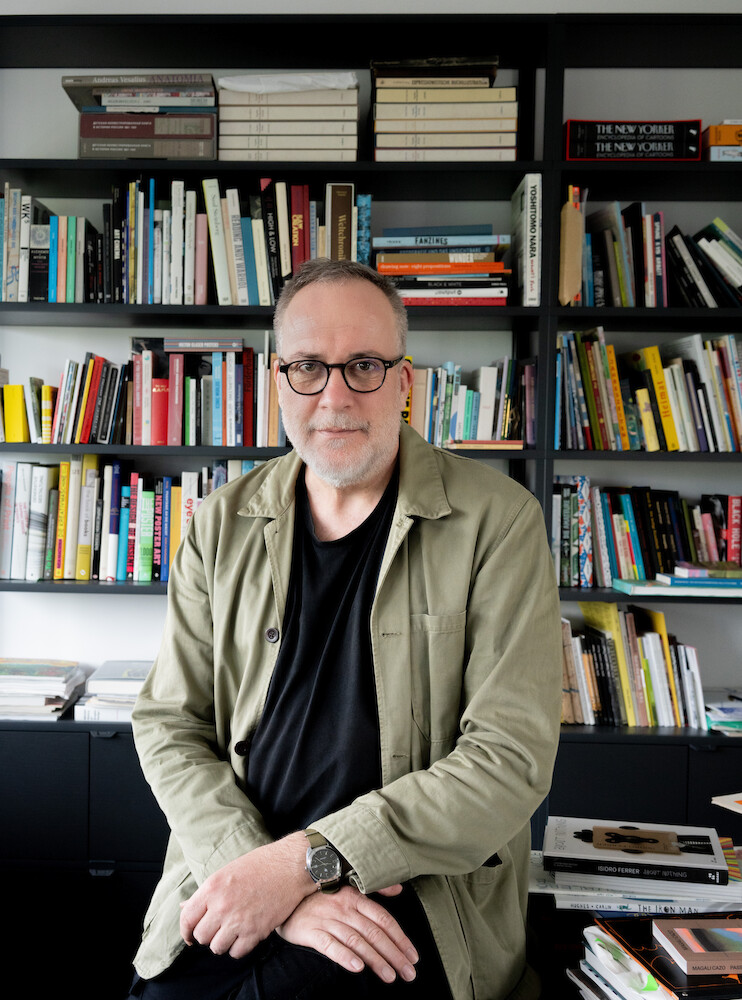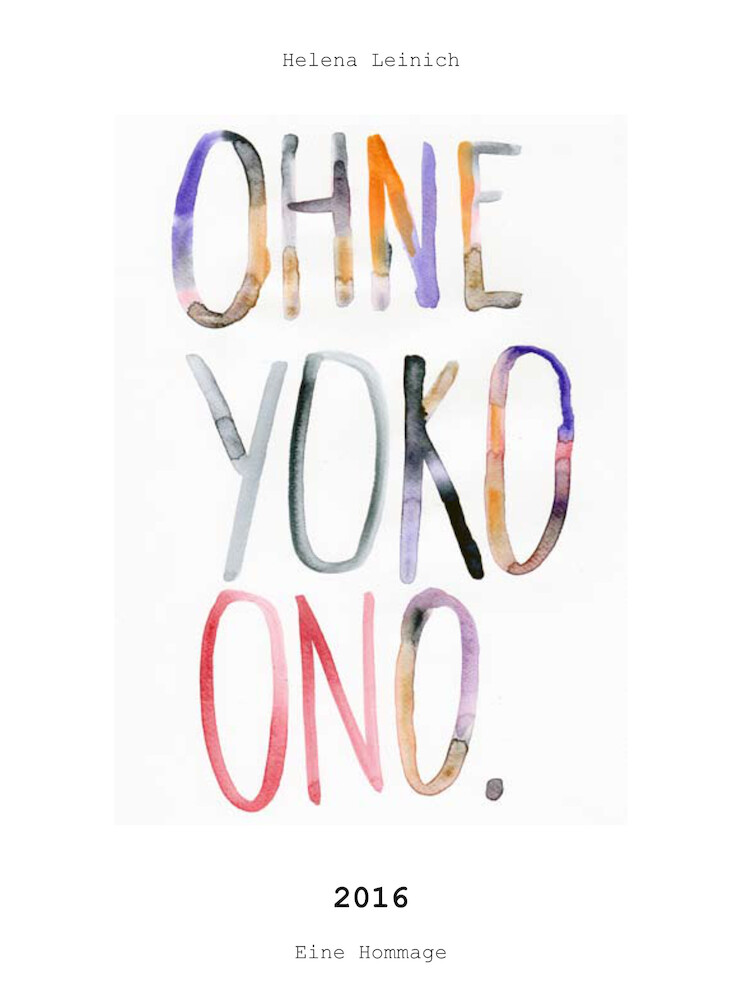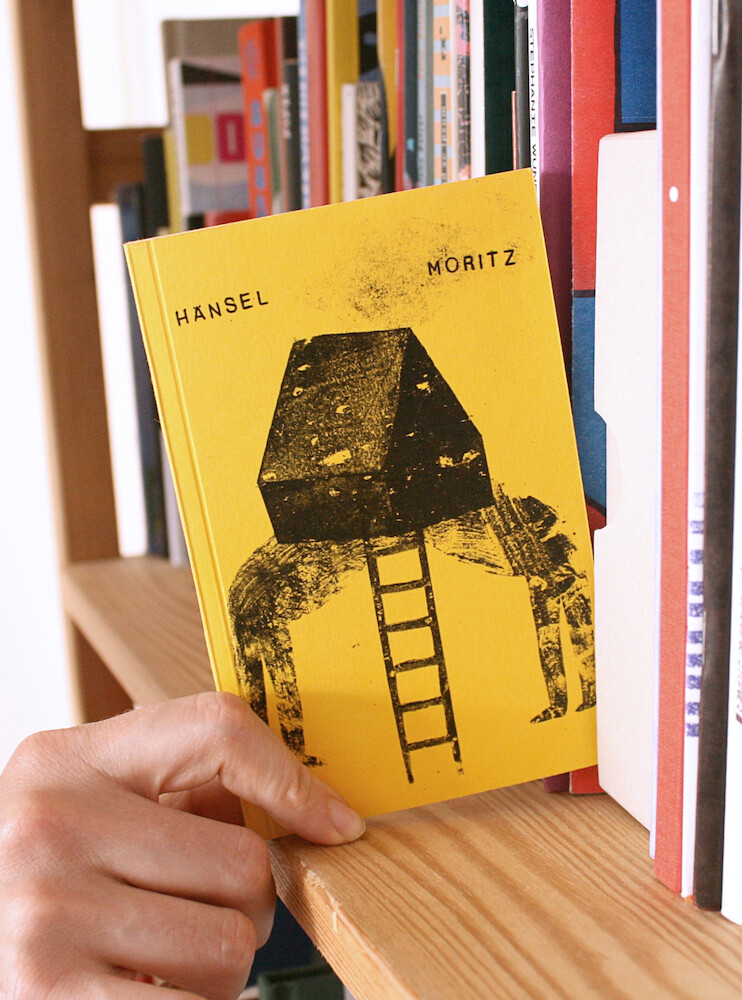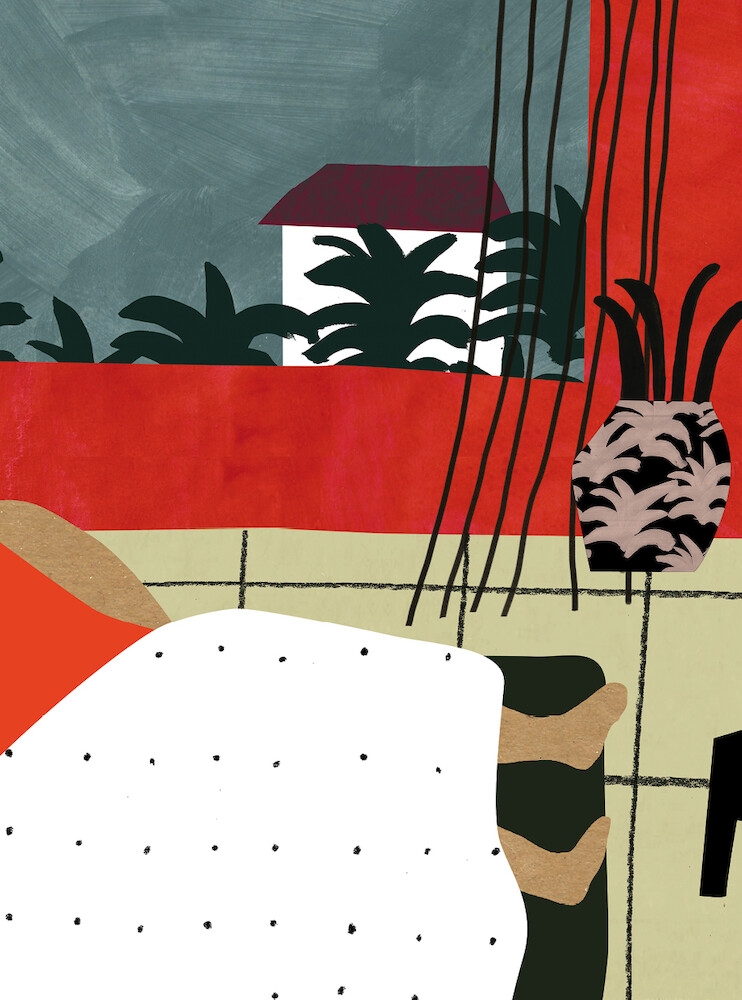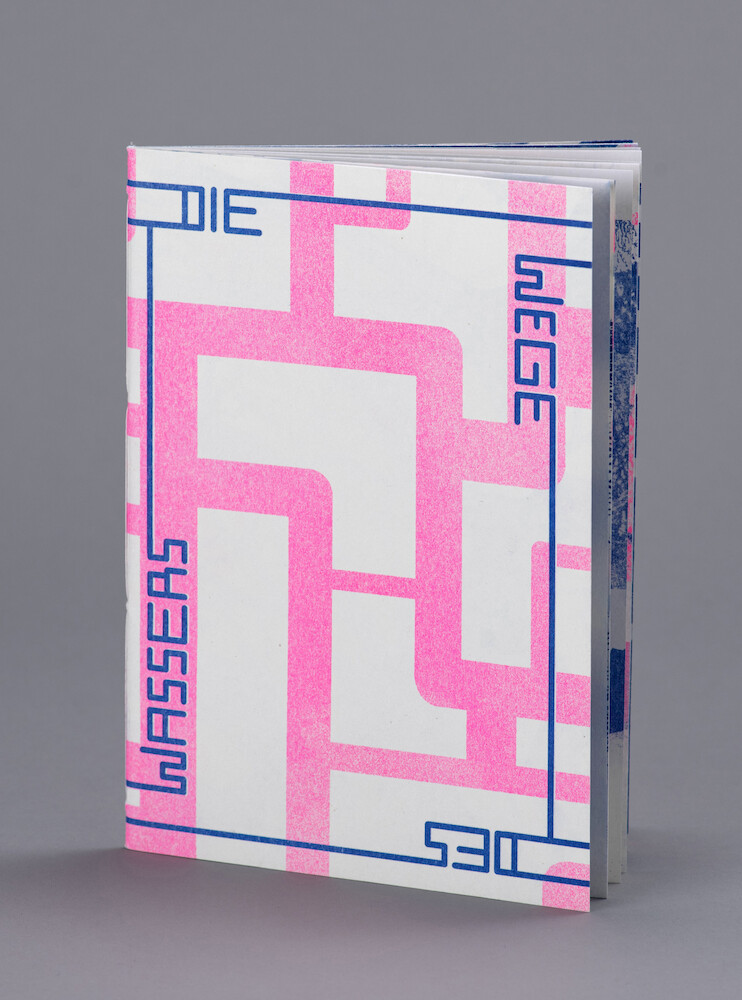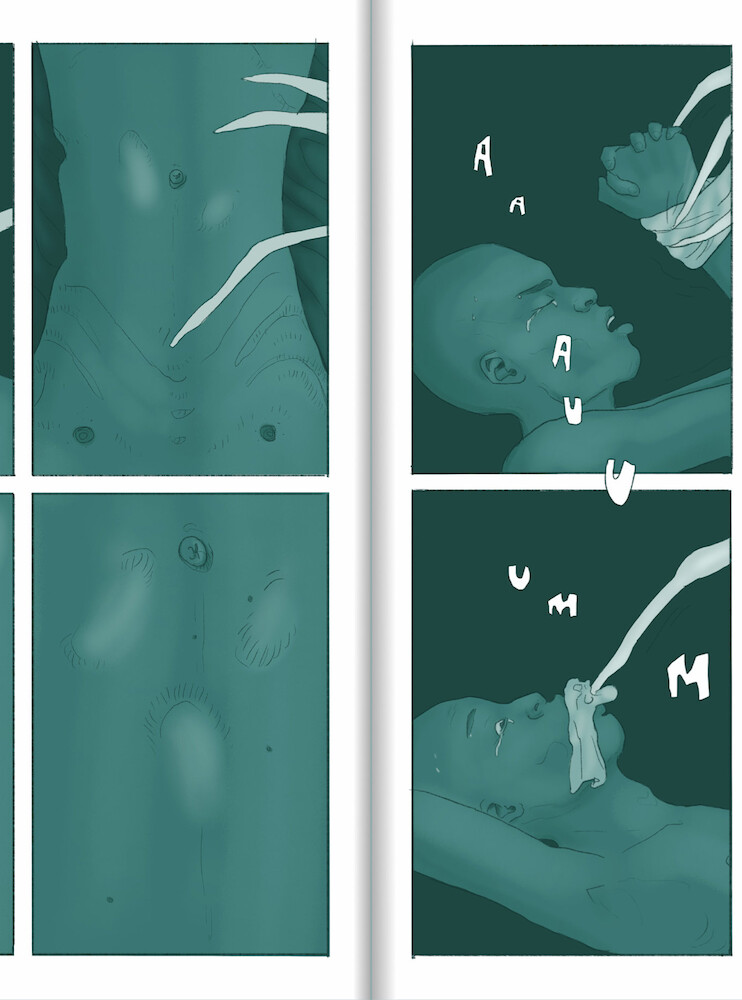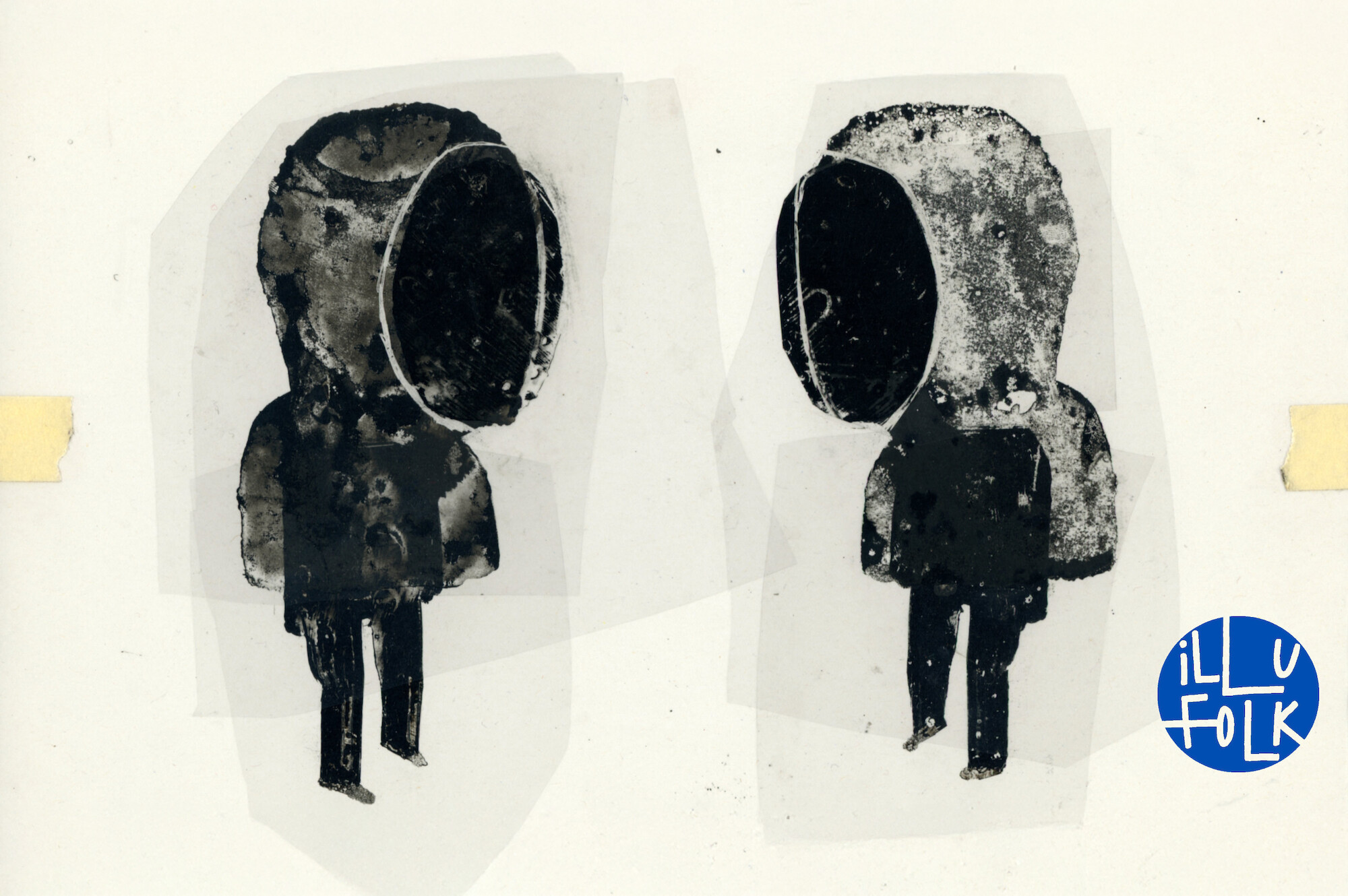
Illustration
Between Art and Design
The initial idea, the creative process, the engagement with signs and materials, and a critical examination of cultural, societal, and political contexts—these aspects reveal numerous intersections between art and communication design. At the Folkwang University of the Arts, we nurture these connections and make them fruitful for design. This is particularly evident in illustration, which moves fluidly between art, design, and popular culture.
Telling Stories Through Images
Since the beginning, people have communicated visually. They create images of themselves and the world, narrating who they were, what drove them, and what they strove for. Today, visual storytelling remains fundamental—in digital media, print, and public spaces.
In the Illustration/Visual Narration program, students learn to understand and create visual narratives. How do symbols, images, and illustrations function? Why are some immediately legible while others remain obscure? How does one develop a compelling visual idea? What codes must one be aware of—even if only to subvert them? Which techniques and media best serve different storytelling needs? How do classical masters construct their visual narratives, and what constitutes contemporary visual storytelling?
Cultivating Individual Expression
Most importantly: How do we want to tell visual stories ourselves? How do we integrate our unique perspectives into storytelling? How do we balance function with personal expression? Good designers enrich visual narratives—whether in posters, animations, or comics—through their distinct artistic language, aesthetic sensitivity, and poetic vision.
Mastering Visual Languages
This program is about finding and refining a personal visual language. Students study historical and contemporary examples of sequential image-text compositions. They research, document, and explore their ideas in both text and image. They create visual sequences based on individual inquiries. Through the design process, they develop their unique styles and visual expressions, culminating in their own visual narratives.
Designers as Authors
Designers must critically engage with the questions of their time, remain aware of their responsibilities and recognize their roles in shaping visual communication. This extends to applied design work: designers typically work on commissioned projects, yet individual goals do not have to conflict with a client’s vision. Where and how do our personal artistic ambitions align with project requirements? Communication designers who recognize these overlaps assert themselves as authors of their designs—designers with a distinct voice and aesthetic identity.
People
Martin tom Dieck
Professor of Illustration
Projects
